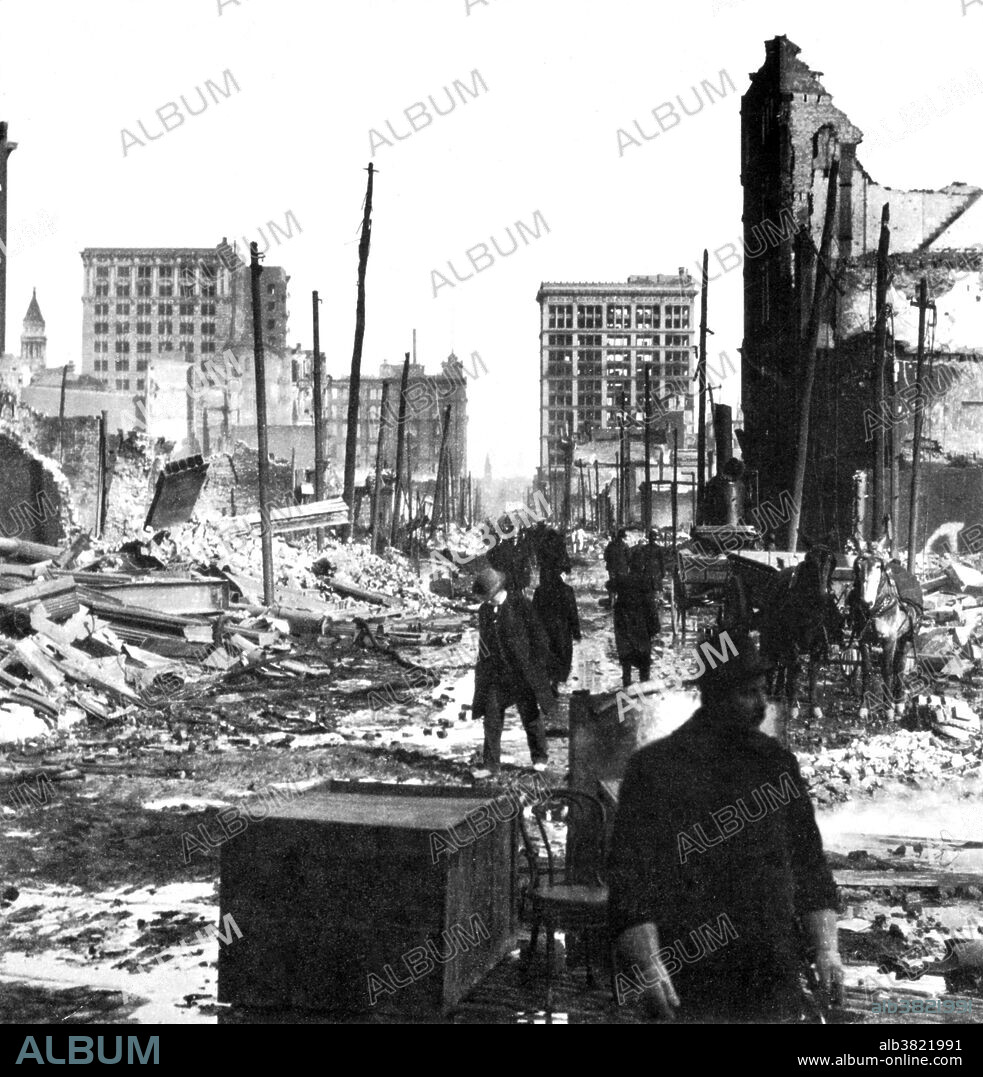alb3821991
Great Baltimore Fire, 1904

|
Añadir a otro lightbox |
|
Añadir a otro lightbox |



¿Ya tienes cuenta? Iniciar sesión
¿No tienes cuenta? Regístrate
Compra esta imagen

Título:
Great Baltimore Fire, 1904
Descripción:
Ver traducción automática
The Great Baltimore Fire raged in Baltimore, Maryland, on Sunday, February 7, and Monday, February 8, 1904. Over 1,200 firefighters were required to bring the blaze under control. It destroyed a major part of central Baltimore with an estimated $85 million in property damages. The fire started in a dry goods warehouse and spread over 140 acres. While 2,500 buildings were consumed by flames, only one person was killed. One reason for the fire's duration was the lack of national standards in firefighting equipment. Although fire engines from nearby cities (such as Philadelphia and Washington, D.C. as well as units from New York City, Virginia, Wilmington, and Atlantic City) responded, many could not help because their hose couplings could not fit Baltimore's hydrants. Much of the destroyed area was rebuilt in relatively short order, and the city adopted a building code, stressing fireproof materials. The greatest legacy of the fire was the impetus it gave to efforts to standardize firefighting equipment in the United States, especially hose couplings.
Crédito:
Album / Science Source / New York Public Library
Autorizaciones:
Modelo: No - Propiedad: No
¿Preguntas relacionadas con los derechos?
¿Preguntas relacionadas con los derechos?
Tamaño imagen:
3858 x 4019 px | 44.4 MB
Tamaño impresión:
32.7 x 34.0 cm | 12.9 x 13.4 in (300 dpi)
Palabras clave:
1904 • ACONTECIMIENTO • AL AIRE LIBRE • AMERICA • AMERICANO • BLANCO Y NEGRO • DAÑO • DAÑOS • DESASTRE • DESTROZOS • DESTRUCCION • DESTRUÍDO • DEVASTACION • ESTADOS UNIDOS DE AMERICA • ESTADOS UNIDOS • FAMOSA • FAMOSO • FOTO • FOTOGRAFIA • HISTORIA • HISTORICO • IMPORTANTE • MARYLAND • OUTSIDE • S. XX • SECUELAS • SIGLO XX • TRAGEDIA
 Pinterest
Pinterest Twitter
Twitter Facebook
Facebook Copiar enlace
Copiar enlace Email
Email
